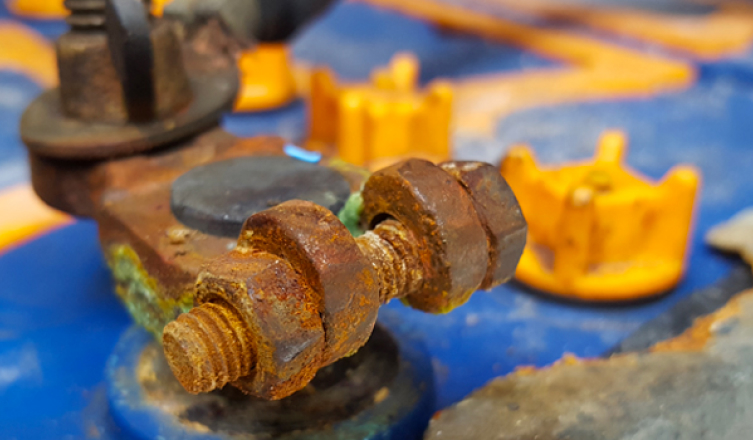
Today’s trucks are technological wonders equipped with sophisticated electronic devices and a host of creature comforts to keep drivers happy.
While all of these devices add value to the truck and serve a purpose, they also add to power load on the vehicle’s electrical system by putting an additional burden on the vehicle’s batteries, alternator and wiring.
The good news is that truck makers have developed more advanced electric systems designed to handle the increased load. But even these advanced systems have their limits and fleets need to make sure the vehicle’s electrical system can handle the power draw of the new device in addition existing power needs. In addition, if a larger alternator was installed to handle the increased power load are the batteries capable of handling increased charging rates?
When installing additional accessories after taking delivery of the vehicle, a fleet needs to make sure it selects the correct wire gauge. If the wire gauge is too small for the device being added, there will not be enough power to operate that device and even the performance of existing devices could be impacted. One important point to remember: the smaller the size of the wire, the larger the wire gauge number and the larger the wire size, the smaller the wire gauge number.
Once the proper wiring has been selected and the device wired and installed correctly, then it should be able to operate. However, wiring and connectors will need periodic preventive maintenance to ensure they remain in good operating condition.
A good electrical system PM consists of inspecting all wiring and connections for signs of corrosion and to ensure connectors are tight. Loose battery cables create big problems and too often the battery itself is blamed when a power failure occurs. However, industry statistics show that half of the batteries that are discarded still have life left in them. Remember that vehicle electronics continue to draw current from the battery even after the truck is turned off and this parasitic draw can discharge the batteries. That is why checking battery state of charge is important.
However, many electric system failures are not a result of battery failure. More often they are the result of a problem with the wiring or connection. During a PM service, while is still a good idea to clean and inspect battery terminals and load test the battery, also check all wiring looking for signs of wear and corrosion and test the tightness of every connection.
Electrical problems are common on trucks, and diagnosing an electrical problem can be time consuming. This is especially true as not all technicians have the skills needed to properly identify and assess electrical system problems. Check technician skill level periodically and provide ongoing training to ensure they stay up to date on the latest diagnostic procedures. Also make sure they are equipped with a multimeter which allows them to measure voltage, current and resistance.
Going forward, trucks are likely to continue to see additional loads added to the electric system and if the electric wiring is not capable of handling the load or there are connection issues, there are going to be problems.
The good news is that a few small things including checking to see if connections are tight, clean and corrosion free can keep the electrical system in top operating condition.

